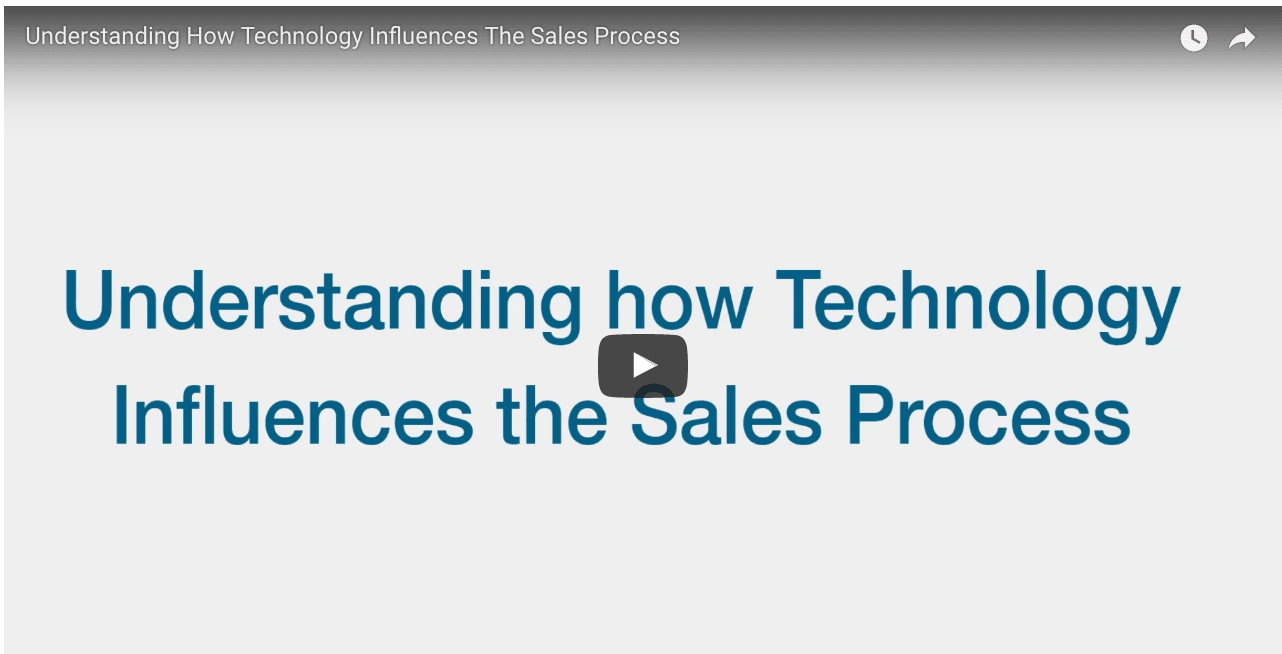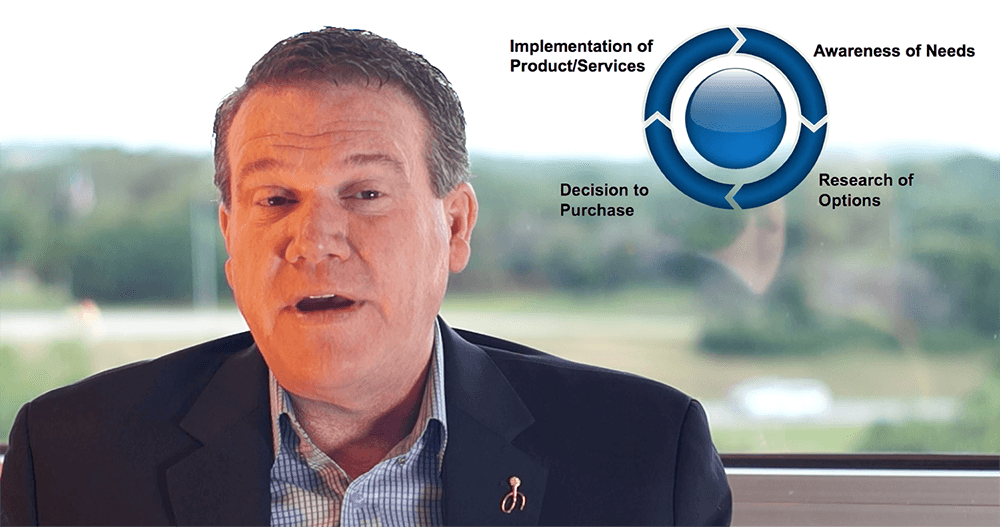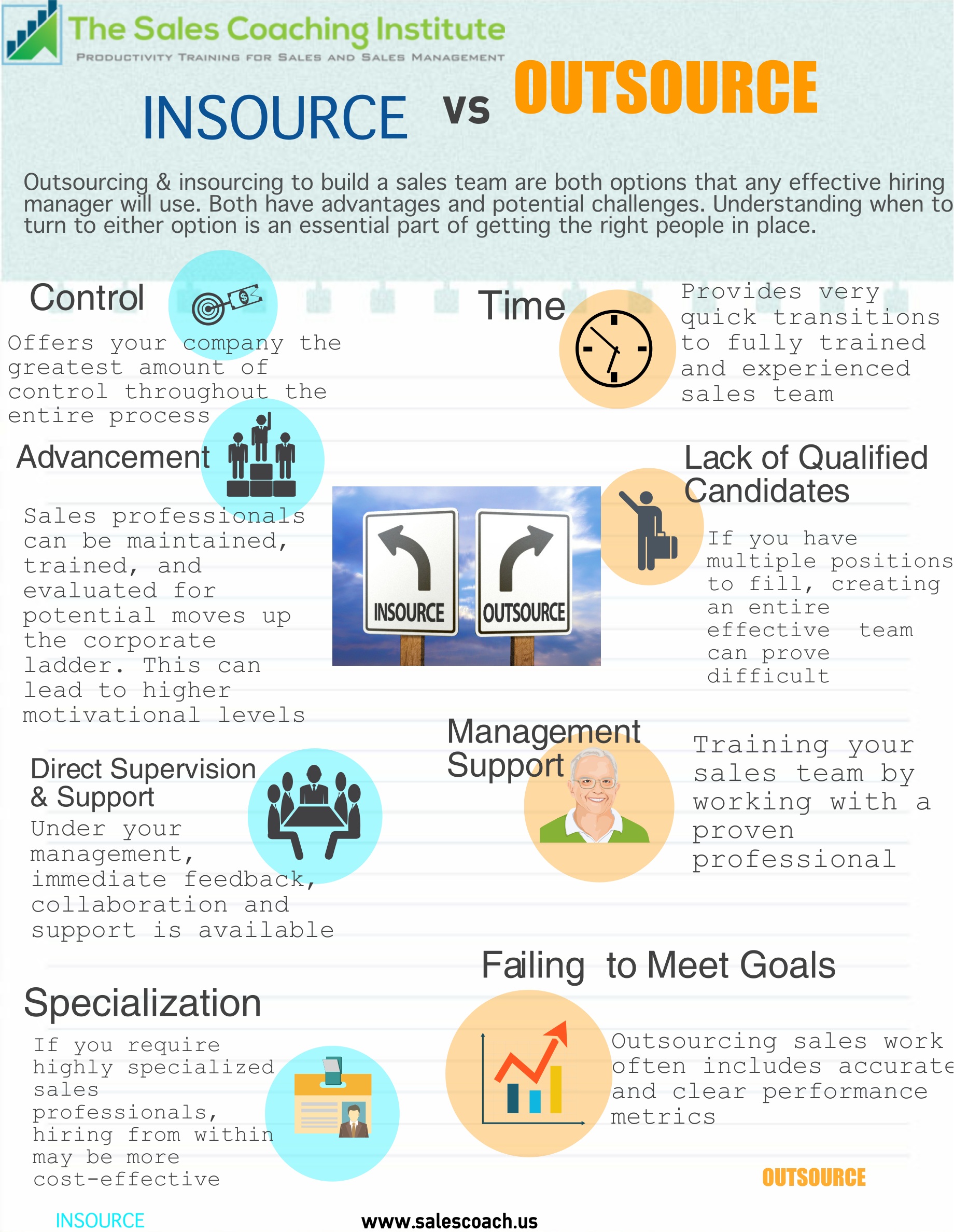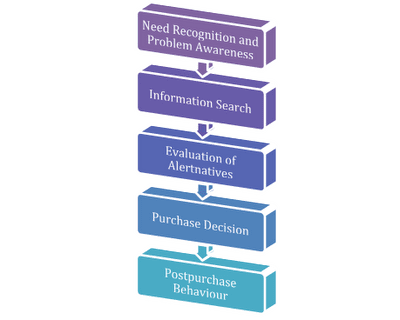Use this sales qualifying checklist to help guide you through your sales process.
The qualifying process is often compared to a funnel where new leads coming into the system (i.e., opportunities) are initially placed at the top of the funnel (the widest part) and then worked through the system by qualifying, developing, proposing, and evaluating solutions, negotiating and then at the narrow part of the funnel, a purchase is made and implemented.
Need
Every prospect is going to have a set of needs. It is up to you to determine what those needs are and how your product or service can help satisfy their needs.
- Are you aware of all their needs?
- Does the prospect acknowledge that a significant problem exists and she must take action?
- Is their need a high priority (need to buy is quantified, the prospect is committed)?
- Can you provide a unique solution for their need?
Decision Making
Are you talking to the right person? Here are some key questions you need to ask yourself before you pitch your product or service to the wrong person.
- Are you speaking to the Ultimate Decision Maker?
- Are you speaking to the problem owner?
- Have you identified influencers and approvers? Do you know who else is involved?
- Are you aware of the RFP process? (Are they giving you influence on the RFP? Did the competition write the RFP? Is there a formal buying process in place?)
Solution
If you are not solving a problem, you may be wasting your time. It is not enough to simply boast about the features and benefits of your product. You must be able to solve a problem or provide sufficient evidence that your product/service is worth their money and time.
- Is there a solution that you can supply and support?
- Is it within your company’s current product mix?
- Is your solution ‘original’ or unique and better/different than the competitions?
Funding
Learning about the prospect’s finances can help you determine if your product or service is within their budget. Save yourself some time and ask yourself the following questions about your next prospects’ available funding.
- Is there a budget allocated?
- How much is it? Is funding committed and approved?
- Is it reasonable; can you provide a solution for that amount?
Competition
Know your competition. Read this article to learn more about your competition and what you should be evaluating and acting on. 22 Questions About Your Competitors You Need To Answer
- Do you know who you are competing against?
Timing
Make it a habit to keep a detailed schedule about your prospect’s timing. This information can help you organize your prospects & buyers who are committing within a specific timeframe.
- Are you aware of their timetable to take action?
- Is their timing reasonable?
- Does it fall within your own ‘sales cycle’ criteria?
Size
This one is hard to miss, but you should always make sure to keep track of your prospect’s actual size and size potential. This can help you anticipate solutions to problems before they ever happen. Now that is forward-thinking!
- Is the potential order value worth the effort?
- Is your company large enough to handle it?
By using a sales qualifying checklist in your sales process, you will always be more organized and process orientated, resulting in more qualified leads and more closed sales! Making the smart decision to stay organized with a checklist also provides a way to look back on your accomplishments and progression over time.
Happy Selling!












